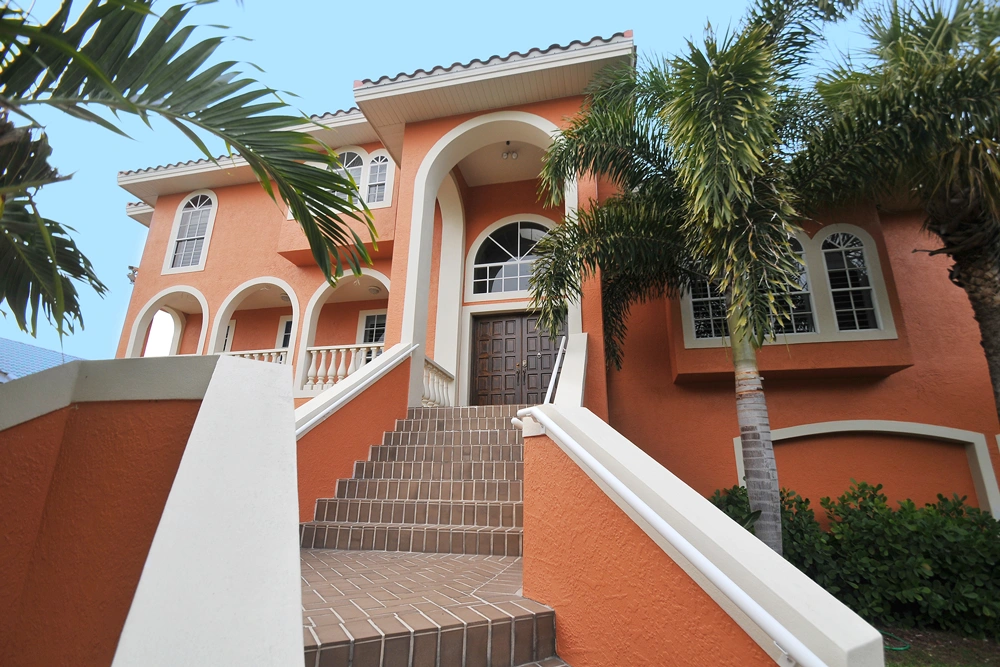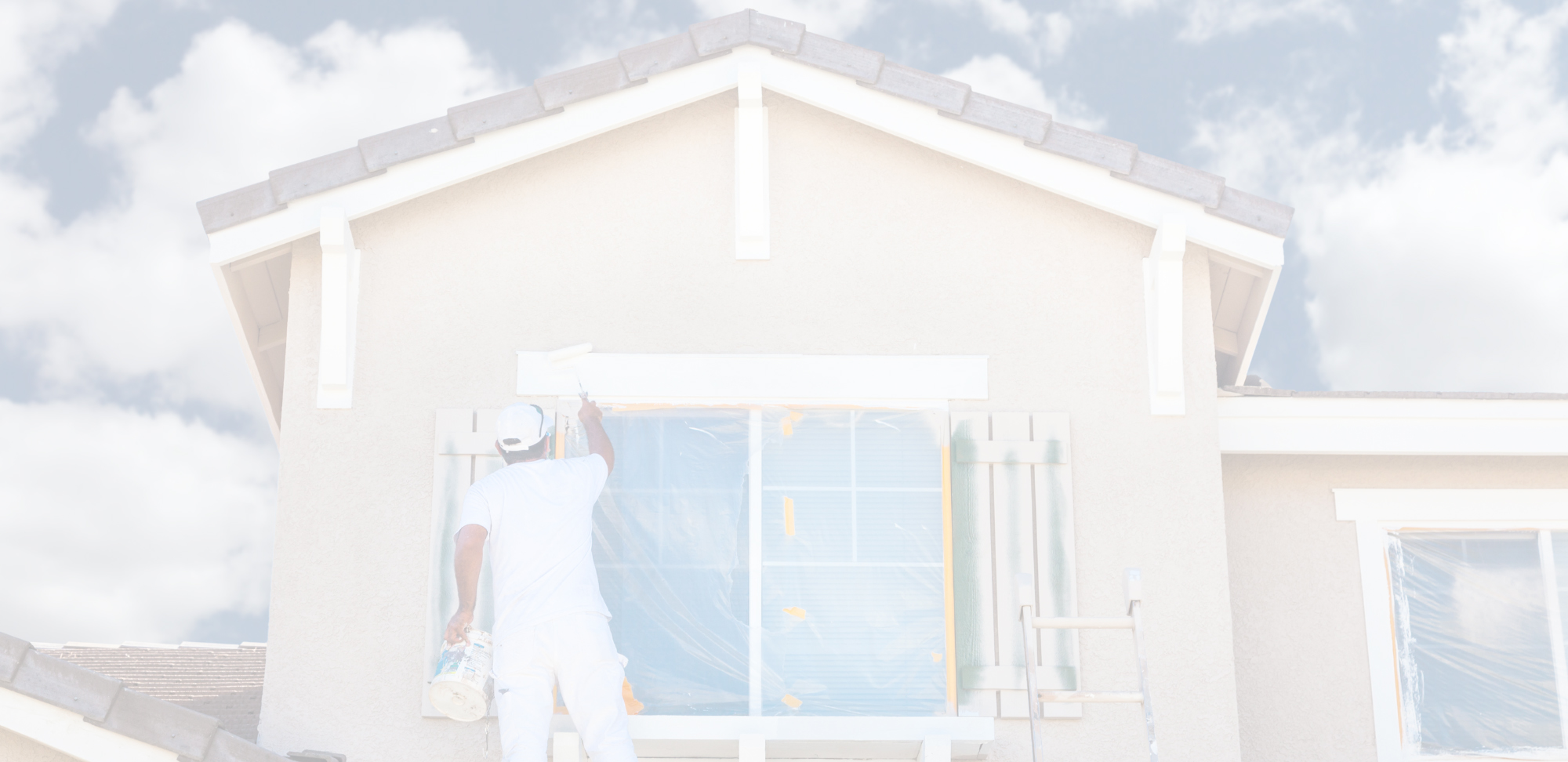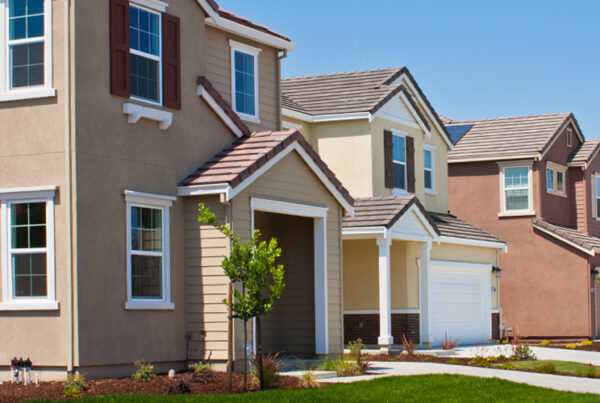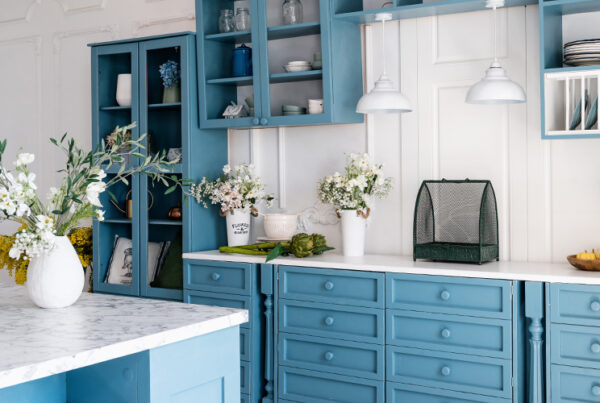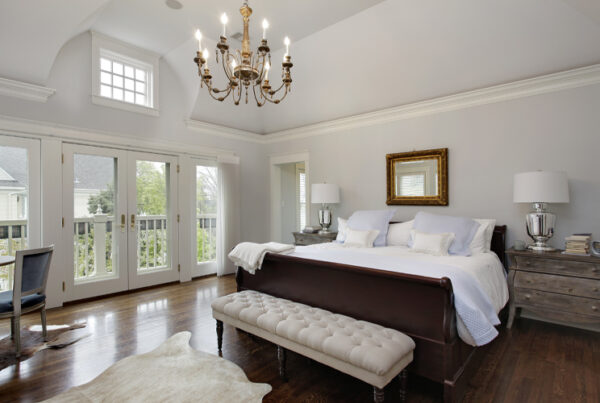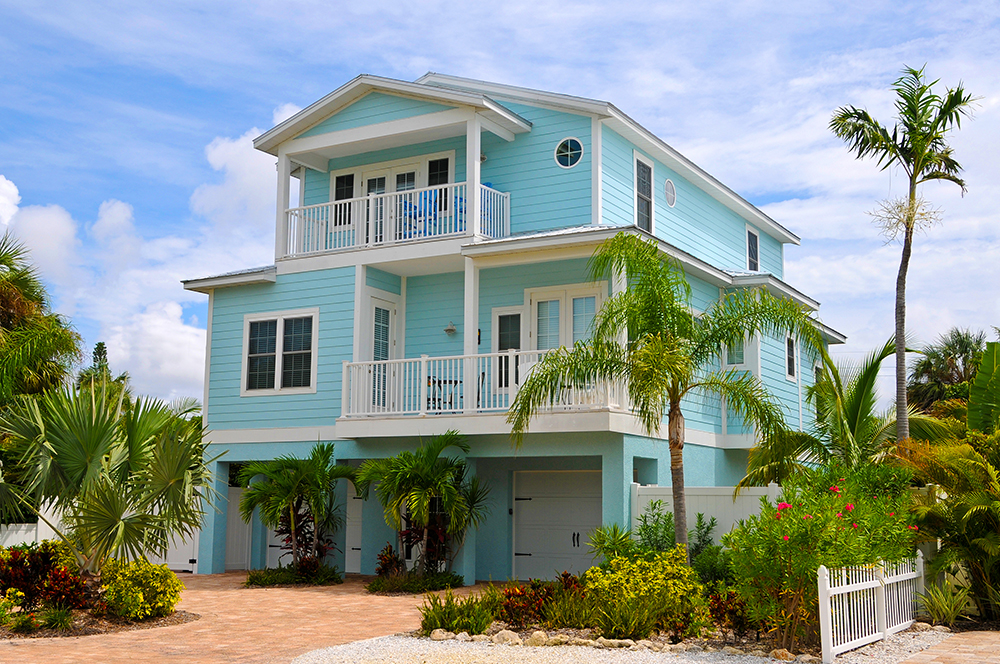
Choosing the right exterior paint color for your home is more than just a design choice — it can significantly impact your property’s curb appeal and value. This decision can feel daunting with the overwhelming array of colors and finishes.
At Precision Painting Plus, we understand the importance of finding the perfect color match for your home – we offer a free color consultation with each estimate we provide! Here’s a quick guide to choosing an exterior paint color that complements your home’s surroundings, coordinates with exterior elements, and stands up to your local climate.
1. Analyze Your House’s Surroundings
Choosing the right exterior paint color starts with thoroughly analyzing your home’s surroundings. The colors of your neighborhood, the natural landscape, and even the direction your home faces can influence your color selection.
Begin by paying attention to the dominant colors around your home during different times of the day. Consider how these hues could complement or contrast with your potential color choices. Remember, the goal is to enhance your home’s natural beauty and make it stand out for the right reasons.
2. Coordinate with Exterior Elements
Your home’s fixed elements — roofing, stonework, driveways, and pathways — should guide your color palette. These components have colors that are unlikely to change, so choose paint colors that harmonize with these existing hues.
For example, a home with a gray stone facade might look striking with a deep blue or green, creating a natural, cohesive look. Our expert painters always recommend focusing on balance and harmony to achieve a unified appearance for your home’s exterior.
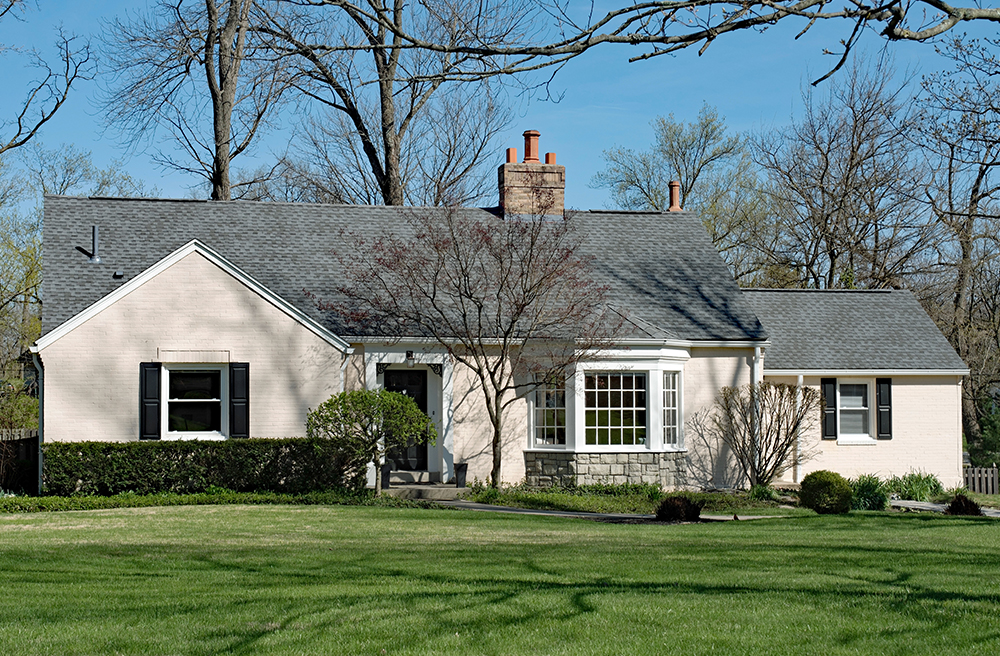
3. Consider the Climate
Different climates can profoundly affect paint, influencing its durability, color retention, and how well it complements the home’s surroundings.
Hot and Sunny Climates: In areas with high temperatures and abundant sunshine, choosing the right paint color is essential to combat fading and heat retention. Lighter colors tend to reflect sunlight, helping to keep your home cooler. Whites, beiges, and light grays are excellent choices for these climates as they are less prone to fade over time than darker hues.
Cold and Variable Climates: For homes in colder regions, where the weather can fluctuate dramatically, darker colors can absorb heat during sunny days, contributing to a warmer interior. Deep blues, greens, and reds can hide dirt and snow residue better than lighter colors.
Wet and Humid Climates: Moisture can be a significant concern for homes in humid areas, leading to issues like mold, mildew, and paint degradation. In these environments, it’s crucial to select paints specifically designed to resist moisture and mildew. Opt for light to medium colors that can help hide minor imperfections caused by the wet climate, and consider semi-gloss finishes, which tend to fare better against moisture compared to flat finishes.
Coastal Environments: Homes near the coast are exposed to salt air, which can corrode and damage paint over time. Coastal homes benefit from brighter, lighter colors that reflect the beachy environment while resisting the harsh effects of salt and sand. Blues, greens, and sandy shades can complement the natural setting while providing a fresh and inviting appearance.
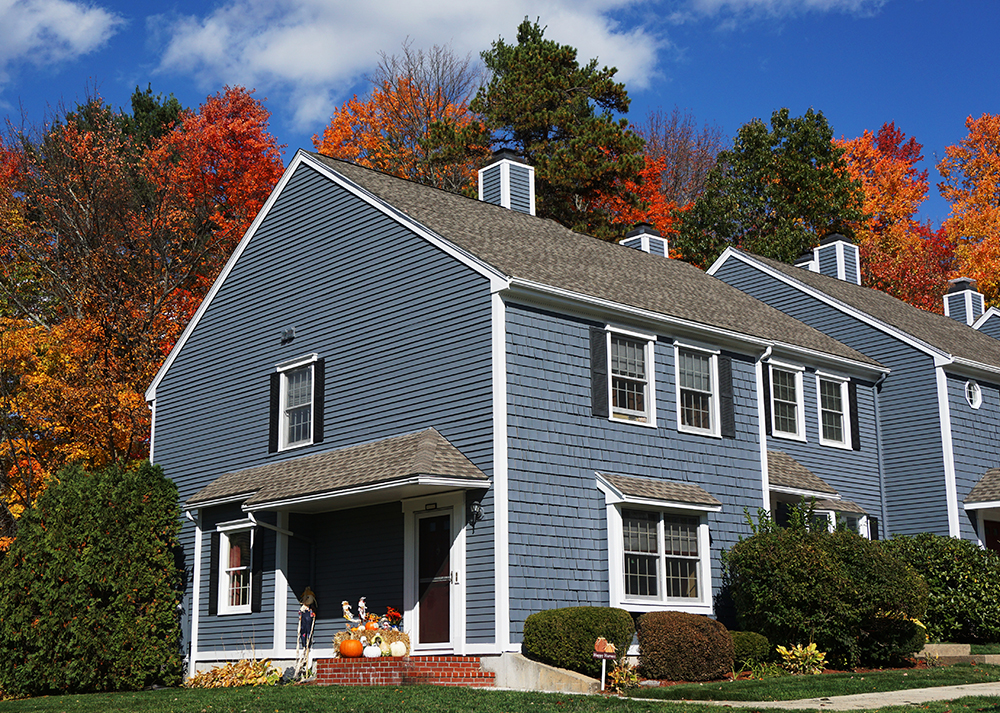
4. Consider Your House’s Materials
Different materials react differently to paint, affecting the finish’s aesthetic and durability.
Wood Siding: Wood siding offers a classic and versatile look but requires specific considerations when painting. Natural, earthy tones such as browns, greens, and beiges can enhance the wood’s natural texture and warmth. However, consider bold colors or contrasting trim if you prefer a more modern or standout look.
Brick: Traditional red brick looks excellent with neutral trim colors like creams, grays, or whites. For a more dramatic transformation, consider painting the entire brick facade. Lighter colors can modernize the look while maintaining the brick texture.
Stucco: Earth tones, such as tans, beiges, and warm grays, complement stucco’s natural aesthetic, blending seamlessly with its surroundings.
Vinyl Siding: When choosing paint colors for vinyl siding, avoid darker shades than the original siding color due to the risk of heat absorption and warping. Stick with lighter hues or the same color family to enhance the home’s appearance without compromising the material’s integrity.
Fiber Cement Siding: Fiber cement siding is a durable and versatile option that can be painted in almost any color. This material withstands harsh weather conditions and resists fading, making it an excellent canvas for color choices.
5. Think About the Impact of Light on Color
How light interacts with paint colors can dramatically change their appearance at different times of the day and under varying lighting conditions. When selecting colors, consider the orientation of your home. North-facing homes often receive cooler, indirect light, making warm colors a better choice to balance the light. South-facing homes, however, are bathed in warm light, which can enhance cooler, subtler hues.
Light-colored surfaces reflect more light, potentially casting hues onto your home and altering the perceived color of the paint. Conversely, dark surfaces absorb light, which could make your paint colors appear darker.
Due to the varying effects of light on paint colors, testing is crucial. Purchase small samples of your chosen paint colors and apply them to your home’s exterior areas. Observe these samples at various times of the day and under different weather conditions to see how the colors shift.
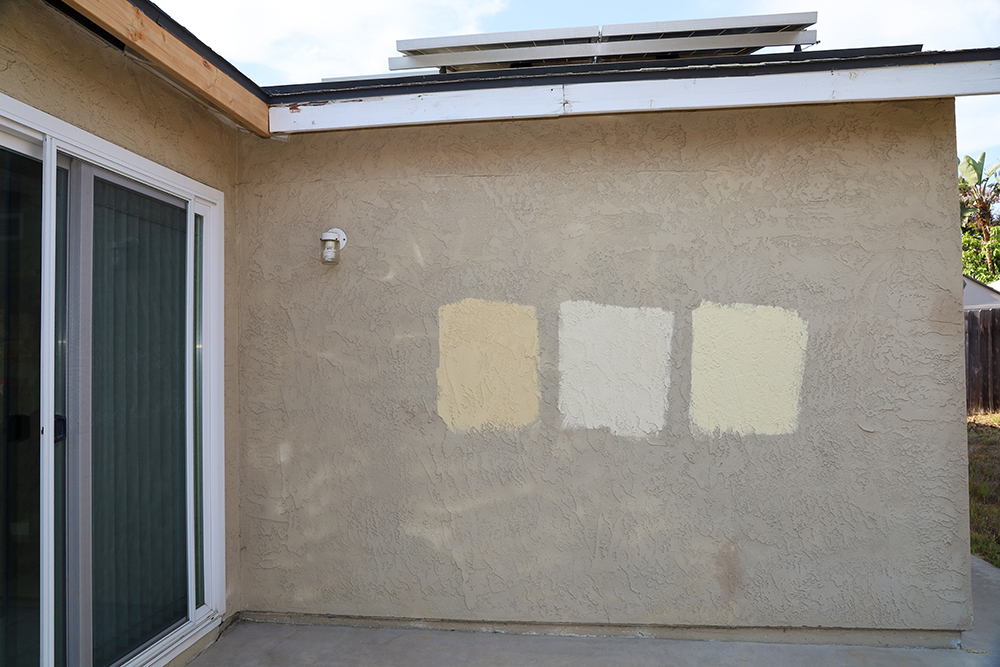
6. Test Different Paint Colors
Before deciding on your home’s exterior paint color, it is essential to test different colors in situ. Before applying samples, ensure the exterior surface is clean and in good condition. A neutral base, like a light gray primer, can provide a consistent background that won’t alter the appearance of the sample colors. Apply each sample to a sizable area (at least one square foot) to get a clear idea of how the color looks on a larger scale.
7. Seek Professional Advice
Seeking professional advice for your exterior painting project can transform a daunting task into a rewarding and successful endeavor. By partnering with Precision Painting Plus, you benefit from expert guidance, tailored solutions, and high-quality execution.
We’re here to help you make informed decisions and achieve the beautiful, lasting results you envision for your home. Contact us today to schedule a free, no-obligation consultation and take the first step toward enhancing your home’s exterior with confidence and style.
